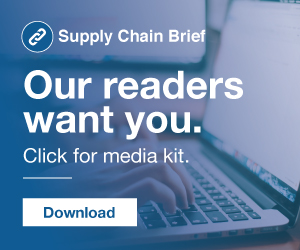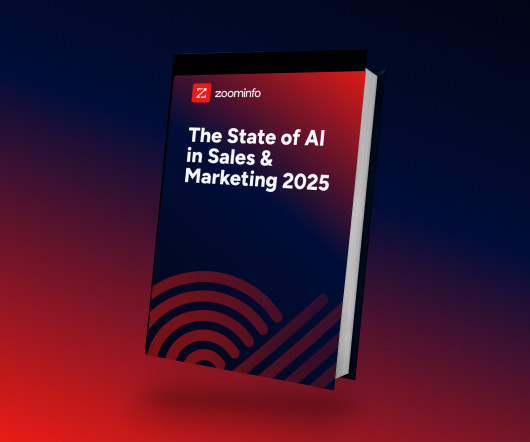Renegade Riposte
Supply Chain Shaman
FEBRUARY 22, 2015
'In the supply chain, the questions do not change; but the answers do. Quote from a Supply Chain Leader at a Conference in Europe. Yesterday, Peter Bolstorff, Executive Director, APICS Supply Chain Council, called to discuss the use of the Supply Chain Index by APICS to measure supply chain improvement. Peter is one of the nicest guys that I know, and I am glad to see him at the council.





































Let's personalize your content